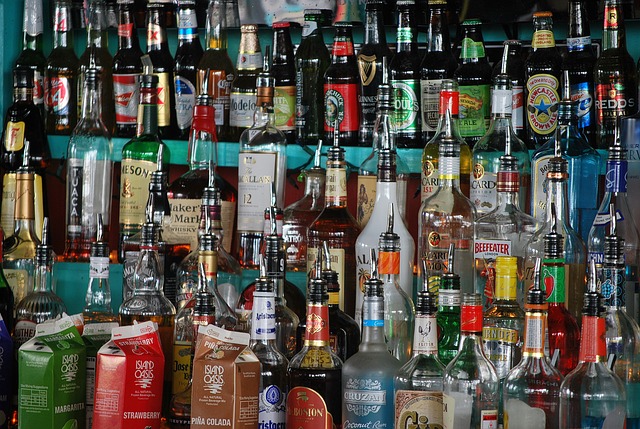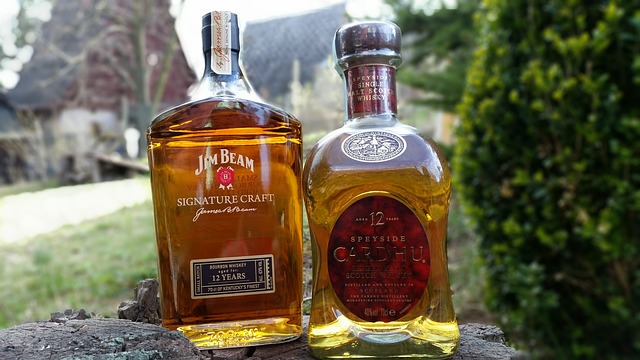During the last 500 years whiskey has been the favorite drink of nearly a dozen different cultures in the West and near East where it has evolved into many different types. Originating in Scotland the infamous liquor has spread to every corner of the glob where distillers have had develop their own recipes. The only similarity that all of these different whiskey types have in common is that they are made of grains. In fact because of their use of grains whiskey has more in common with beer than it does most other liquors like brandy or gin.
Basic Whiskey
Malt Whiskey: This basic type of whiskey is made from a a fermented form of mash produced from malted barley grain. When a malt whiskey is made with only one type of grain, created by a signle distillery and isn’t mixed with any other product, then its considered a single malt whiskey. Most countries have strict laws about how malt whiskeys, like single malts, are created.
Grain Whiskey: Created by using a type of grain other than malted barley. Grain whiskeys are often made of corn, rye, or wheat they often take on the name of their ingredients such corn malt whiskey. They can rarely be made using a mix of barley and other grains to created a blended whiskey that have become equally popular.
Combined Whiskey
Single Cask: Created from a single processed grain mush, it’s never mixed with another previously produced batch of whiskey, they are labeled with specific information about the cask they come from.
Blended Malt: Also made from a single malt grain, blended malts are created in several different distilleries.
Blended Whiskies: Crafted by combining different types of malts, grains, and other ingredients to create a unique flavor. This the type of whiskey that best describes many modern brands.
Cask Strength: One of the most potent types of whiskey, they are powerful by design. Customers are encouraged to dilute them to their personal preference.
Regional Whiskey
Irish: Famous around the world, Irish whiskey is often considered to be one the highest quality whiskey’s in the world. The average Irish whiskey such as their single malt, single grain, and blended whiskey’s are never sold before they been aged for at least three years.
Scottish: Described as the standard by which all other whiskey’s are to be judged, Scotland is also the home of whiskey and where it’s most heavily regulated. The average Scottish whiskey must be distilled twice and some up to twenty times before being sold. By law only whiskey created in Scotland that is aged for at least three years, though many are aged for over a decade, can be called “scotch”
American: Best known for their bourbon and Tennessee varieties American whiskies, they must be aged for two years and have an maximum alcohol content of 80%. American whiskies must never contain any additives that affect their color or flavoring to keep them pure. They must be made of more than 50% of one type of grain for example: 51% corn maize, 51% rye, 80% corn mash, or 51% malted barley.
German: Whisky made in Germany often follows the recipes created in other countries, specifically Ireland, Scotland, and America. The country only began truly producing their own after the 1980’s.
Indian: Outside of India, this type of whiskey is most commonly referred to as rum and is almost always produced from fermented molasses instead of grains. India has been producing its own versions of whiskey since the early 1800’s when they started with malted grains but soon switched to fermented molasses.
These are only the most common forms that whiskey can take, as we said in the beginning nearly a dozen countries from every corner of the world create their own type. Developing unique recipes based on the ingredients that they have on hand and often changing them over the centuries. The best, and quite possibly, only way to truly learn about the different types of whiskey is to try them. Customers are encouraged to try many different types and brands of whiskey to see how the different grains, distillation, and aging processes to find what they like best.

